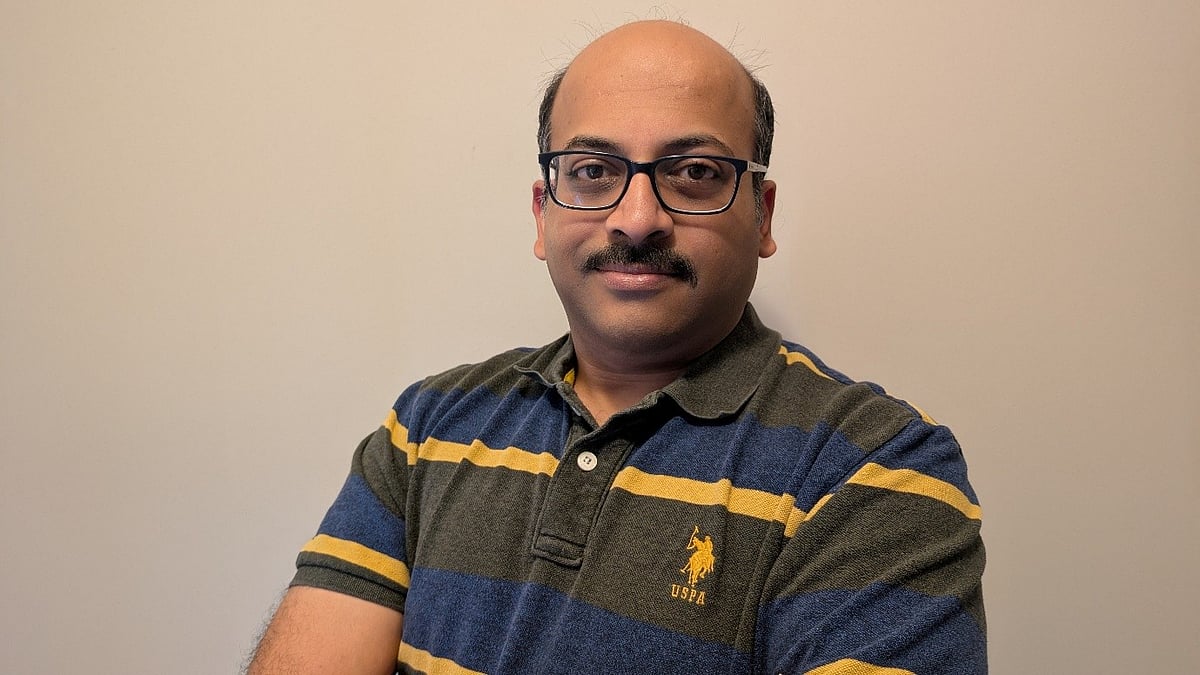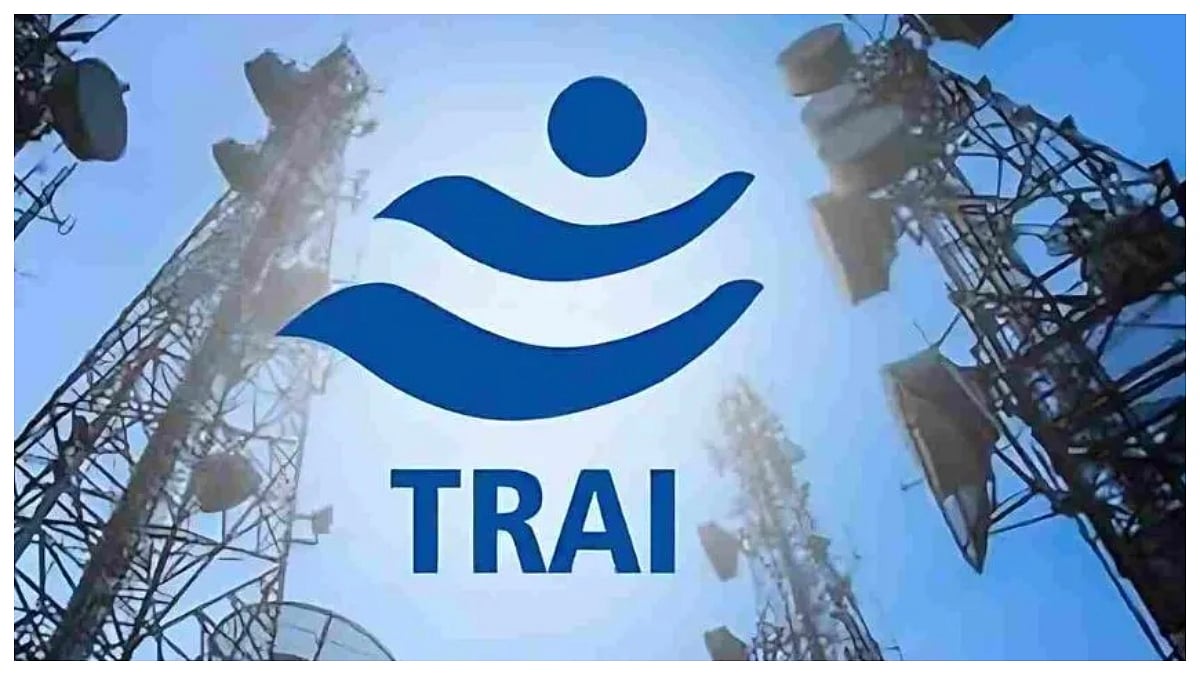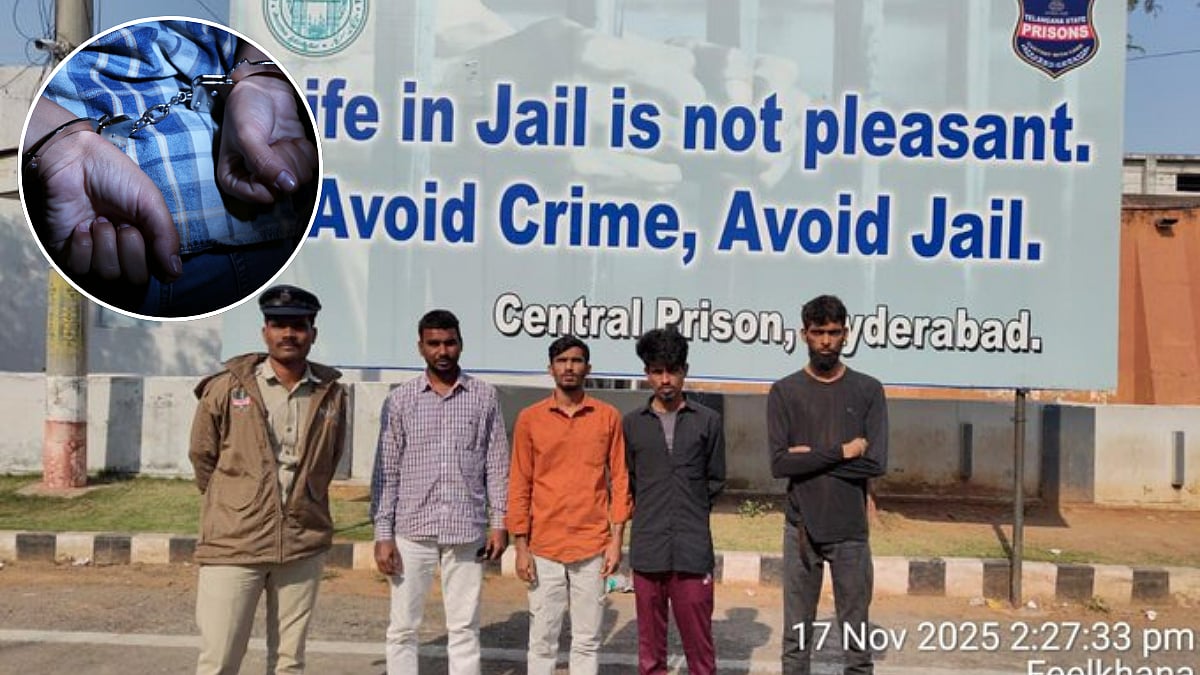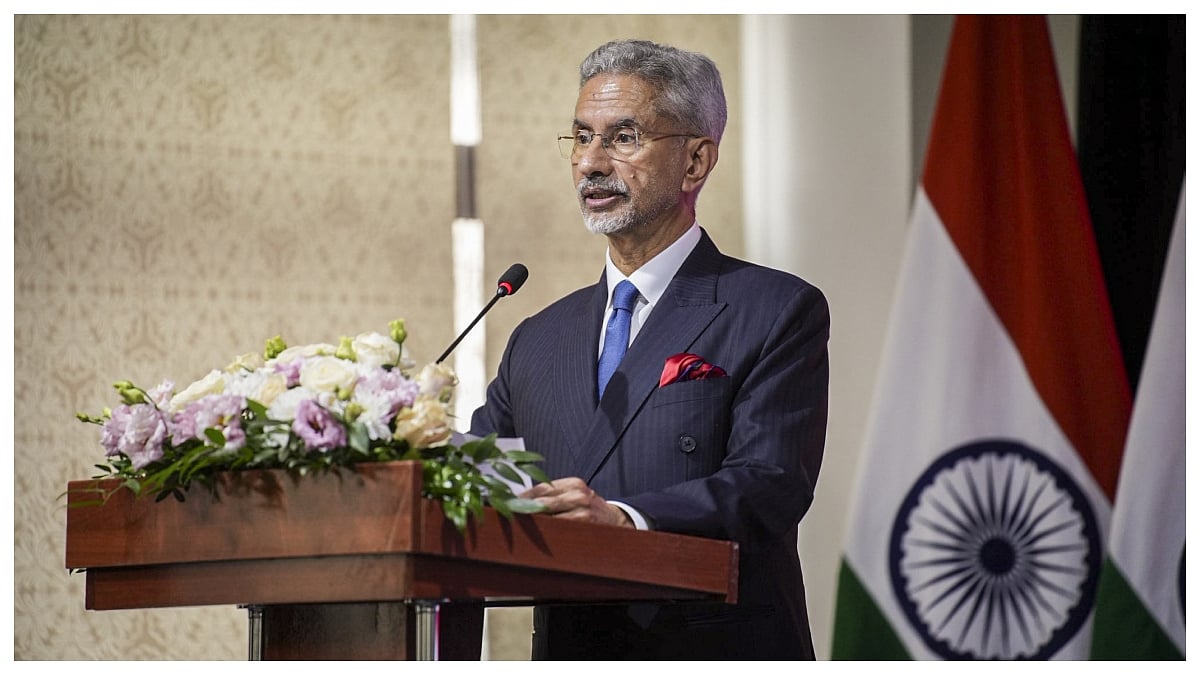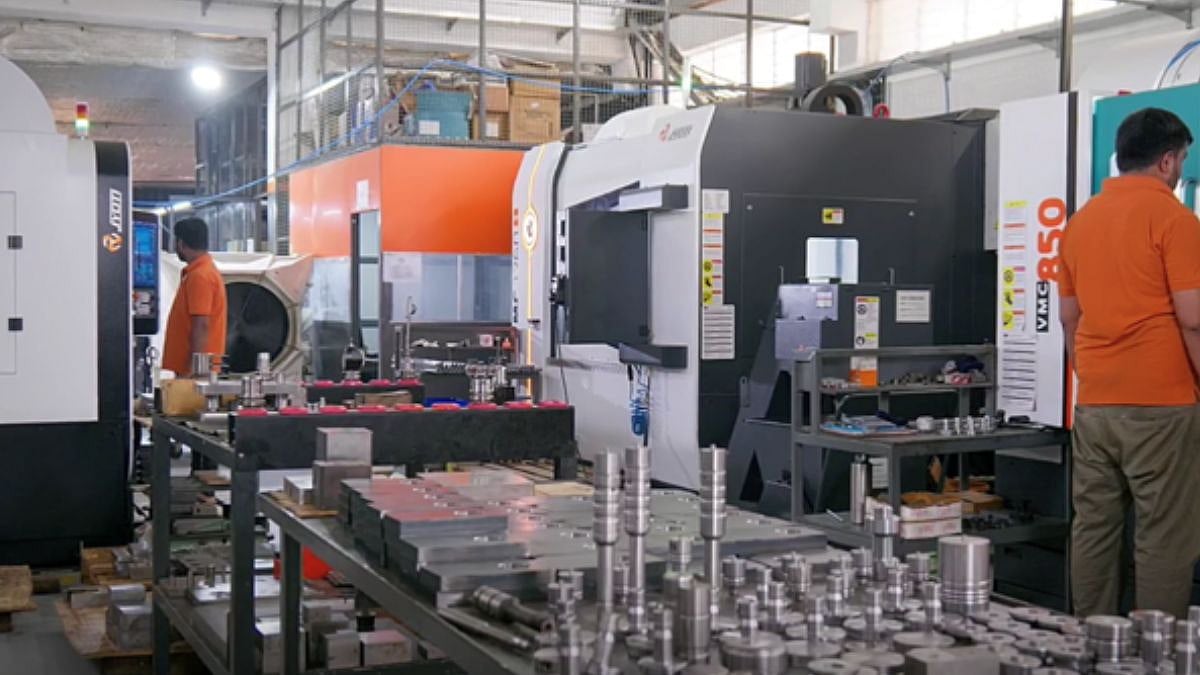As the modern workplace undergoes seismic shifts driven by hybrid models, evolving employee expectations, and digital transformation, organizations increasingly are embracing AI and HR analytics to make sense of it all. No longer are these tools meant solely to measure past performance; they have become paramount in forecasts of workforce trends, improving the employee experience, and enabling quick and large-scale decision-making.
Amid this unfolding evolution, Chandra Mouli Yalamanchili, with his data science background and deep experience in large scale AI deployment, is promoting a different approach: the same predictive technologies that are used to detect fraud in finance should be applied to workforce management and empowerment proactively.
Yalamanchili's core is in machine learning and data modeling for the financial services sector, with natural framework extensions into HR analytics. "Behavioral modeling, real-time decisioning, and ethical AI principles, all of which we apply rigorously in financial fraud detection, apply equally when trying to understand workforce dynamics," he states.
Reportedly Yalamanchili played a pivotal role in integrating an AI/ML-based fraud detection engine into a financial platform’s core authorization workflow handling over 40 million transactions daily. The result? Enhanced fraud precision, fewer false positives, improved customer satisfaction, and significant cost savings for clients. While this solution was built for financial integrity, its architecture offers a blueprint for workforce analytics particularly in how behavioral signals can be interpreted to predict risks like attrition, disengagement, or burnout.
“AI’s role in HR is quickly evolving from administrative support to strategic foresight,” Yalamanchili explains. “Tools like large language models are already being used to address routine HR queries and interpret policy documents. That alone is freeing up HR teams to focus on more meaningful, human-centric work.”
Interestingly His observations come at a time when the workplace is undergoing rapid transformation. As hybrid work becomes normalized, and as companies increasingly invest in AI-driven productivity tools, the next logical step, he believes, is using AI to understand and respond to emerging workplace patterns in real time.
One area Yalamanchili sees promise is in augmenting work pattern monitoring tools like Sapience with AI, enabling organizations to detect early warning signs of inefficiencies, disengagement, or even skills gaps—long before these surface in performance reviews. “What’s powerful is the possibility of using AI not just to explain what’s happening, but to predict what could happen and act accordingly,” he says.
Despite not having formal publications in HR analytics, Yalamanchili brings deep insight from deploying AI in mission-critical environments. One of the key challenges he overcame in his previous projects was provisioning large scale compute and storage infrastructure for safe simulation of AI rules without disrupting live systems. These simulations gave clients the confidence to adopt machine learning models responsibly. A similar framework, he notes, would be crucial for testing and validating predictive HR models within people-first organizations.
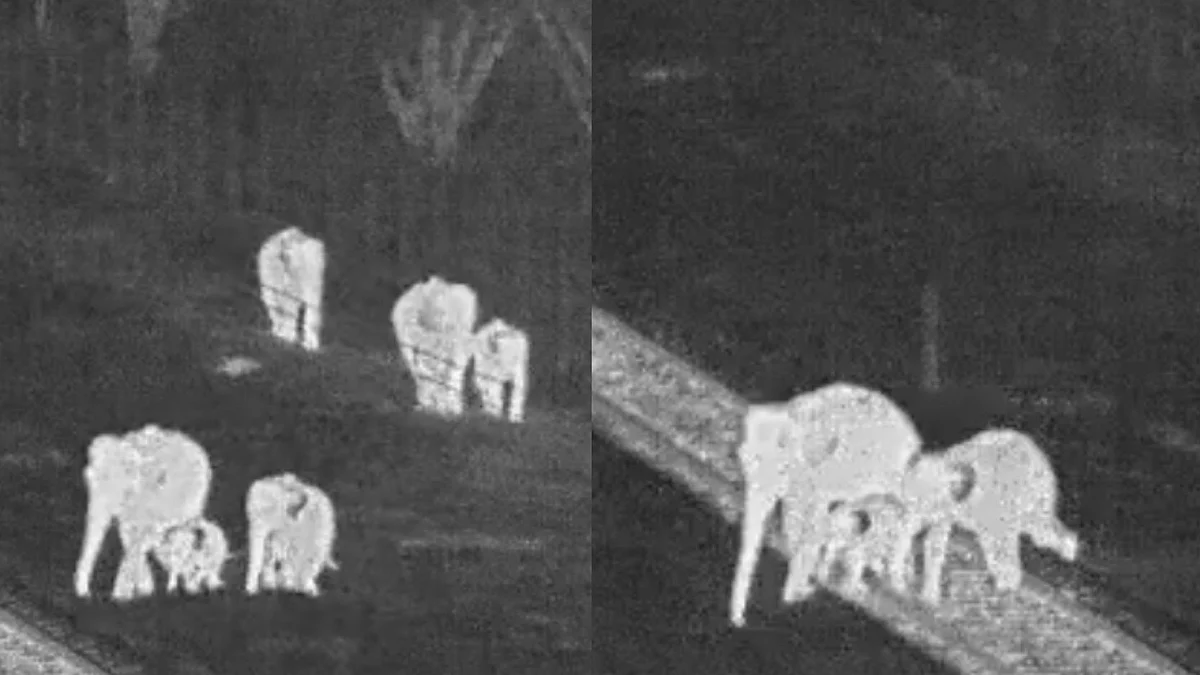
But he cautions that trust is paramount. “In HR analytics, explainability, fairness, and data privacy can’t be afterthoughts. AI models used to assess human behavior must be built with transparency and accountability at their core.”
As more companies begin to explore AI-driven workforce planning, Yalamanchili advocates for cross-functional collaboration between HR, technology, and compliance teams. “Agility isn’t just about moving fast it’s about making informed, adaptive decisions. That’s where AI can truly make a difference.”
From the path building fraud prevention systems to predictive HR analytics for C. Mouli Yalamanchili lies the underlying shift between data being used for analyzing the past versus data driving future work. And for those agile organizations ready to lead into the next era, the message is clear: AI will no longer be supporting HR; it will be creating it.
